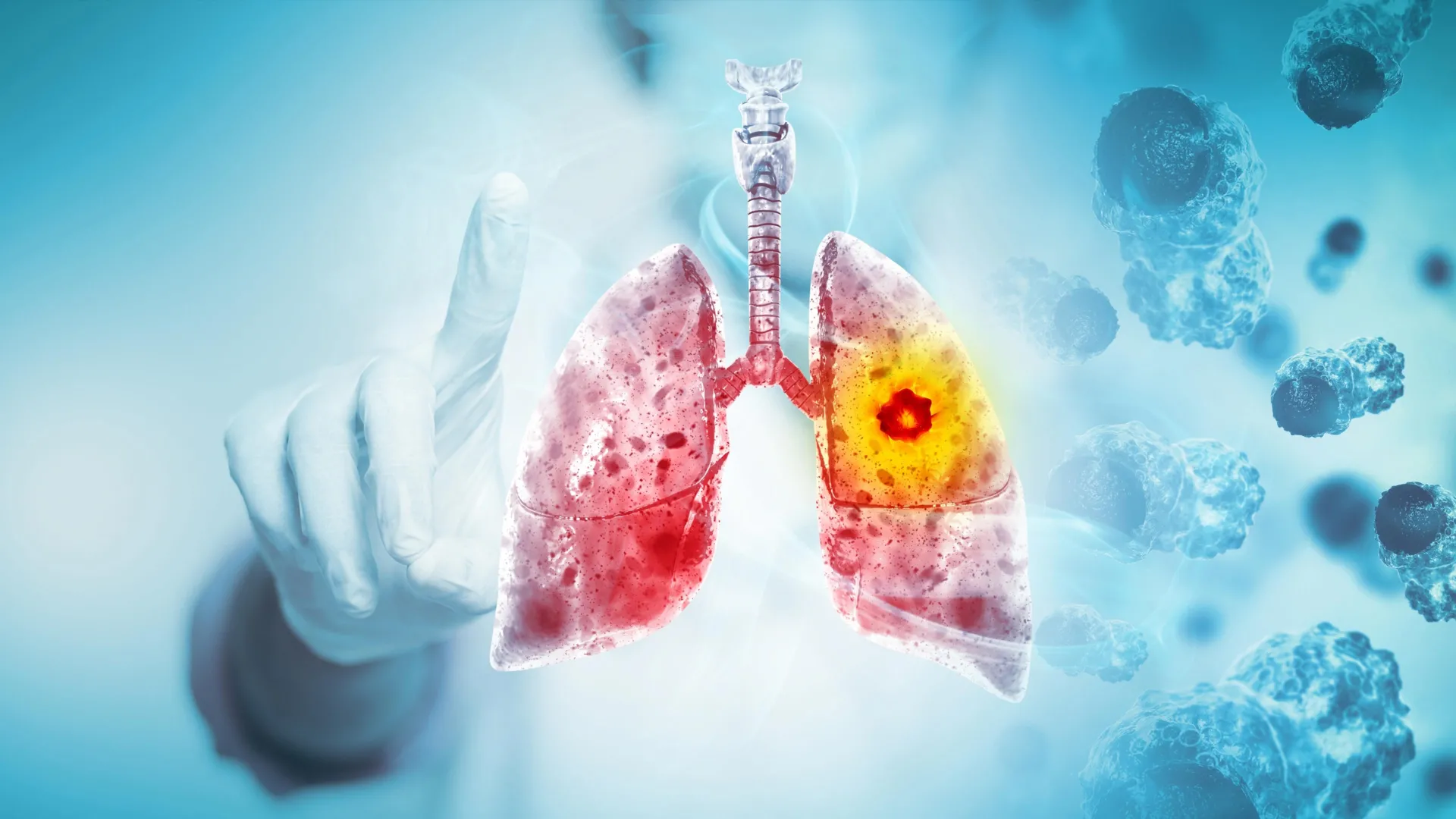On November 1st, 2024, Project Hyperion — an international, interdisciplinary team of architects, engineers, anthropologists, and urban planners — launched a design competition for crewed interstellar travel. The event was hosted by the Initiative for Interstellar Studies (i4is), a UK-based non-profit organization dedicated to the robotic and human exploration of exoplanets around nearby stars, and eventually settlement. With a prize purse of $10,000, competitors were tasked with producing concepts for a Generation Ship (aka. Worldships) using current technologies and those that could be realized in the near future.
On July 23rd, 2025, the organization announced the top three competition winners, which were selected from hundreds of ideas submitted by teams worldwide. The winning entries were selected based on how they met all the competition criteria, provided a depth of detail, and integrated the design aspects of architecture, engineering, and social sciences. In short, the top three prizes were awarded to proposals that would allow a society to sustain itself and flourish in a highly resource-constrained environment as they made a centuries-long journey to another habitable planet.
The challenges and hazards of space exploration are well-known and well-documented, ranging from long-duration transits, exposure to radiation, the amount of supplies needed, and the dangers of being cooped up inside a pressurized ship in close quarters with other crew members. As the saying goes, “space is hard,” but interstellar travel is especially difficult and dangerous. Not only are resupply missions not an option for missions venturing so far beyond Earth, but the time and energy it would take for spacecraft to travel to even the nearest star is prohibitive.





